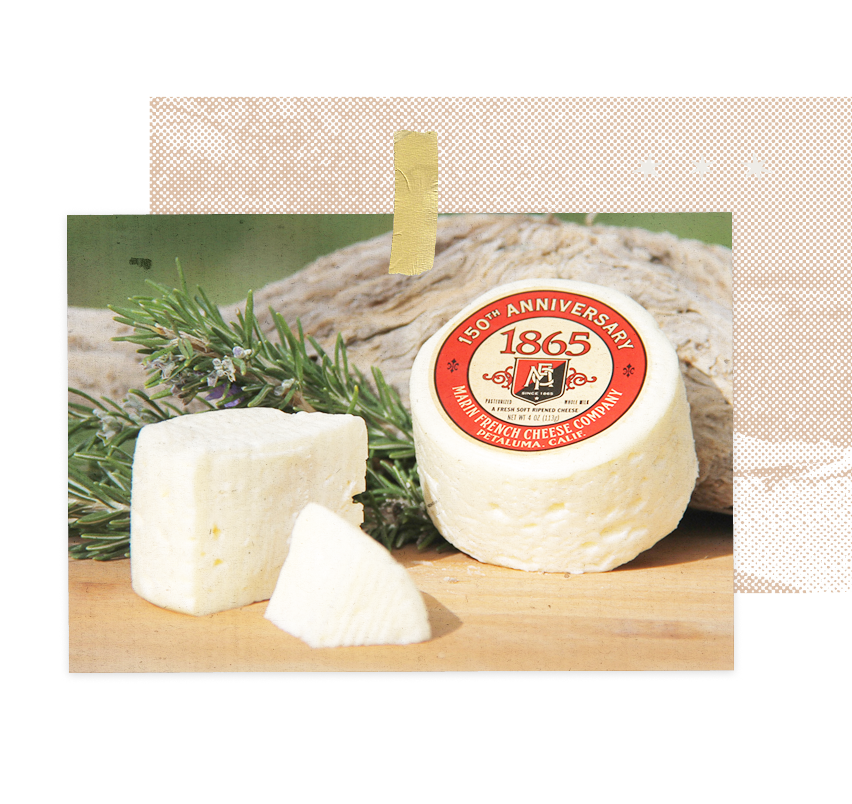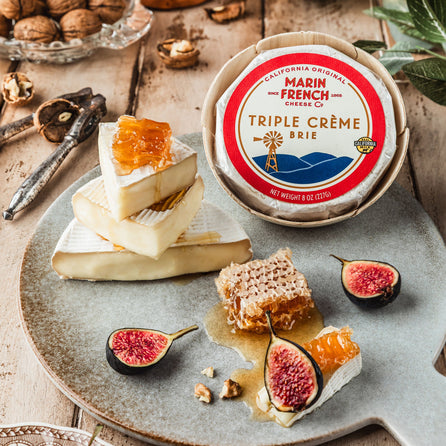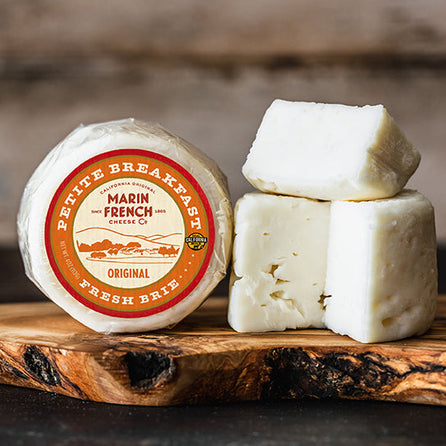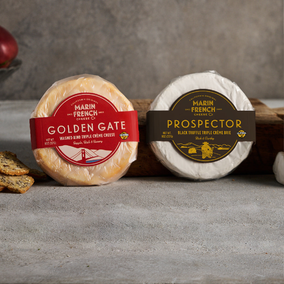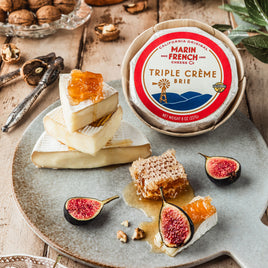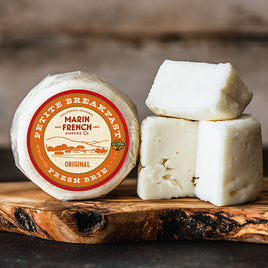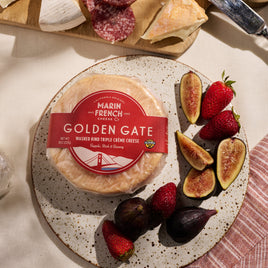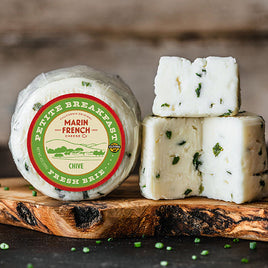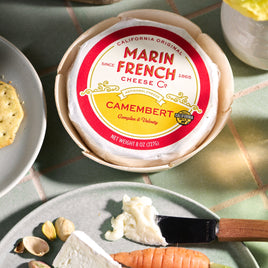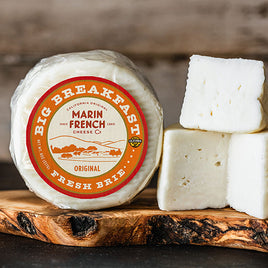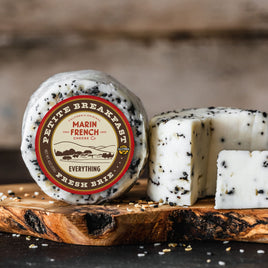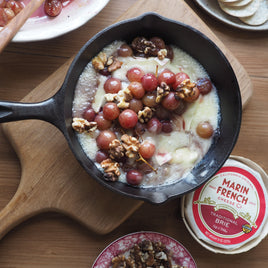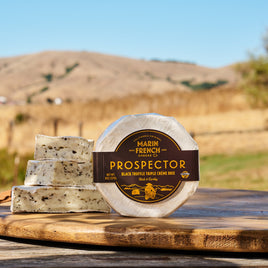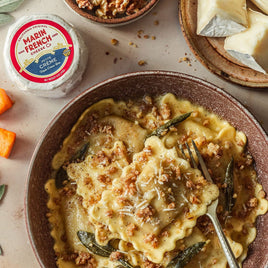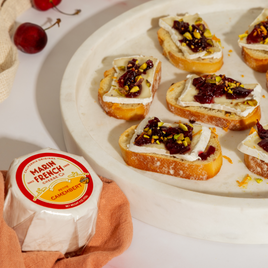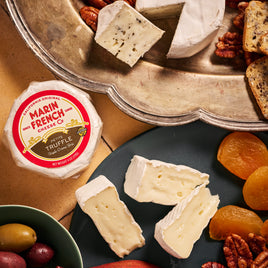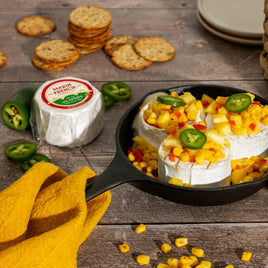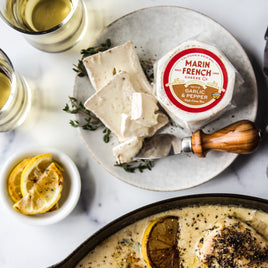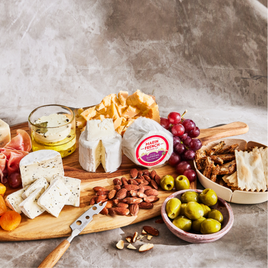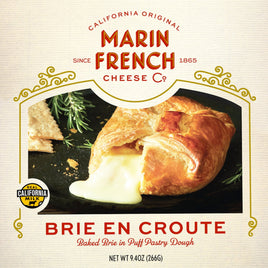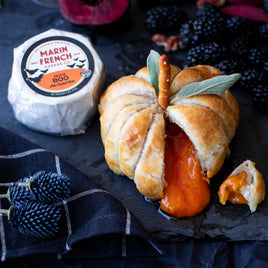our story
1865
Jefferson Thompson purchased a 700 acre “rancho grande” dairy ranch after migrating west from Illinois on the wagon train. He began making a type of “bar cheese” using what was left after making butter. Following the Gold Rush, the San Francisco Bay saw a dramatic increase in the population of failed miners turned dock workers, which led to an egg shortage.
To meet the sudden and growing demand for a morning protein alternative, Thompson responded by creating a unique fresh cheese. The cheese was shipped on the Steamer Gold and distributed by “wagon men” who came to the ranch to cart it in to San Francisco and Los Angeles. Petite Breakfast is still enjoyed today at any time of day.
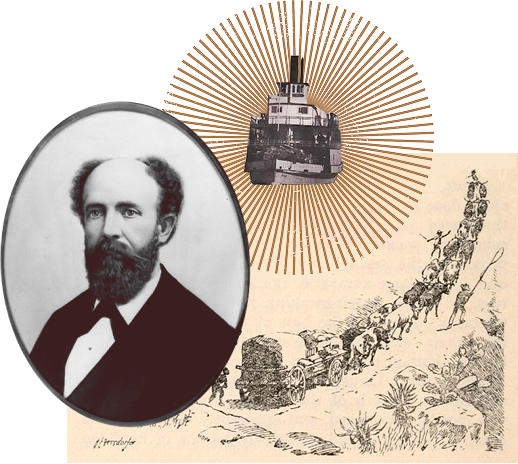
our story
1897
Thompson’s two sons, Jefferson “Jeff” and his brother, Rudolph, took over management of the creamery. Jeff learned cheesemaking techniques from Petaluma Camembert maker Louis Cantel, the first French cheese maker in the United States.
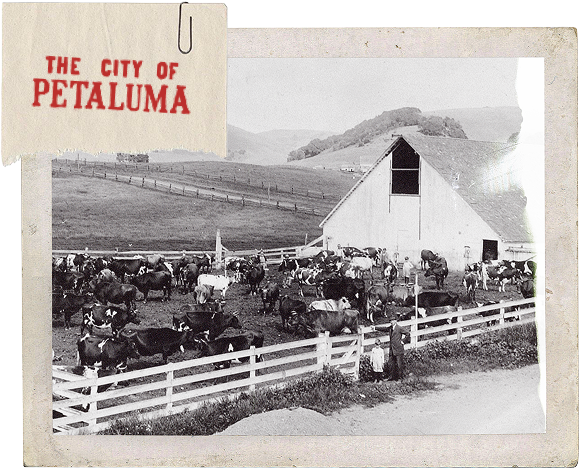
our story
1904
Jeff Thompson went to the University of Connecticut at Storrs to study cheesemaking. To make the most of surplus milk, the federal government suggested that American cheesemakers learn to duplicate foreign cheeses, which led Thompson to make Camembert, Brie, Neufchâtel, Double Cream, and his family’s signature Breakfast Cheese, all under the Yellow Buck brand.
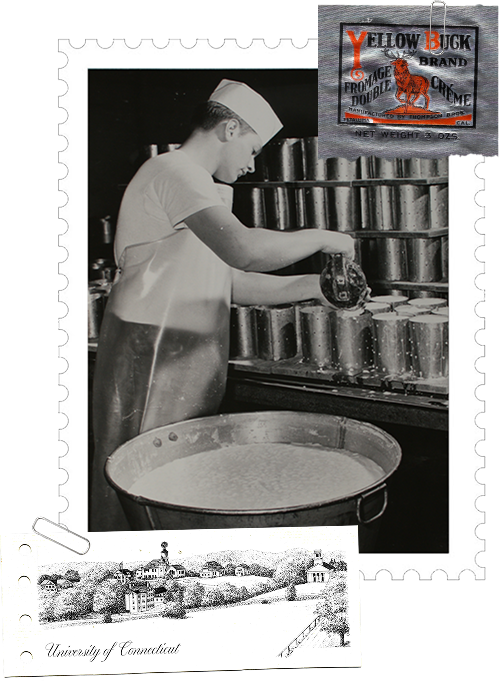
our story
1906
Friends of the Thompson family suggested that French-inspired cheeses should have a French-inspired brand name and so, in 1906, Yellow Buck was changed to "Rouge et Noir" which became an added brand name for the cheeses.
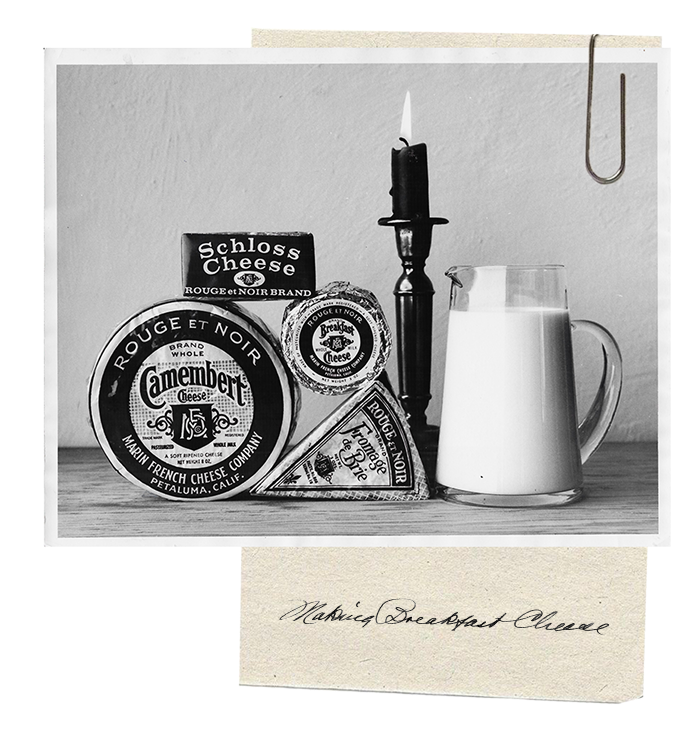
our story
1926
Marin became the county with the largest production of cheese in California, largely due to Marin French Cheese Co.
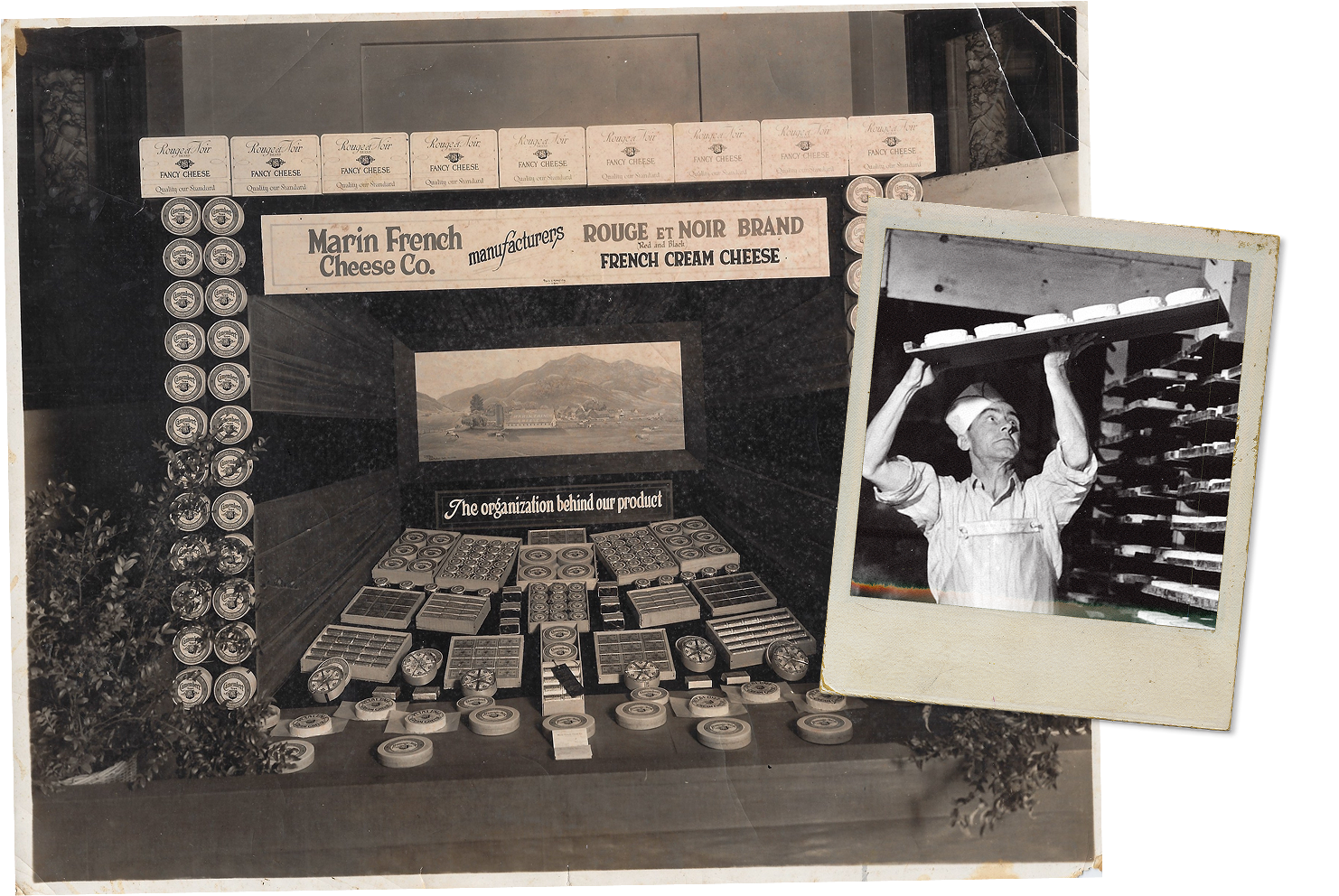
our story
1942
More Thompson family members became involved in the business. Jeff Thompson’s son Peirce and his cousin Ed Thompson took over management of the creamery. Ed had grown up on the ranch and Pierce was born and raised in Petaluma, before studying dairy at U.C. Davis. His children grew up working at the creamery in the summer and after school, packing cheese and slicing wood for packaging. A true family affair!
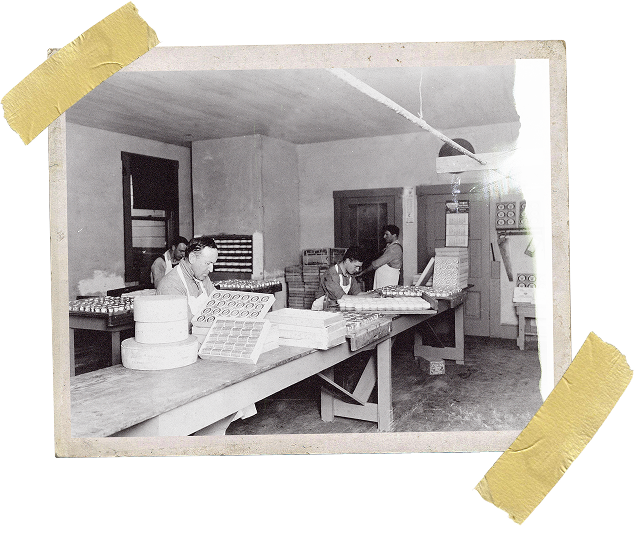
our story
1945
Soldiers came back from World War II having tasted Brie, Camembert, and other soft ripened European cheeses, increasing the demand for those styles of cheese in the States.
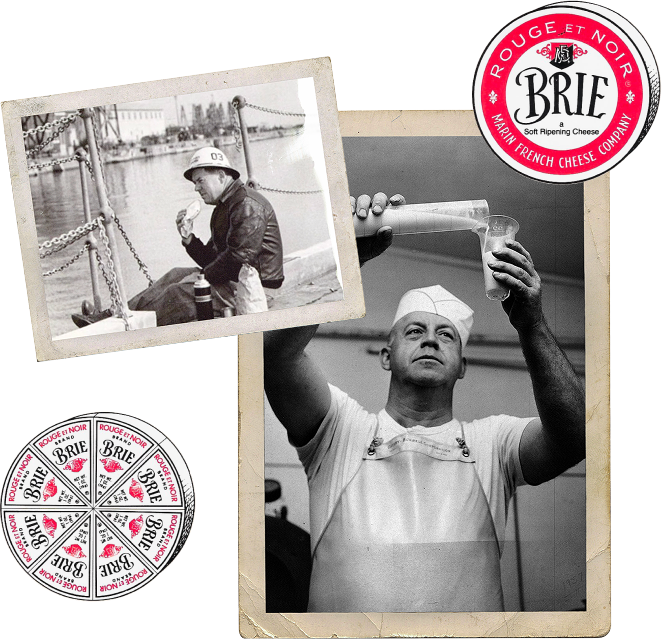
our story
1969-1979
The creamery was enlarged three times to accommodate the growing demand for soft-ripened cheese.
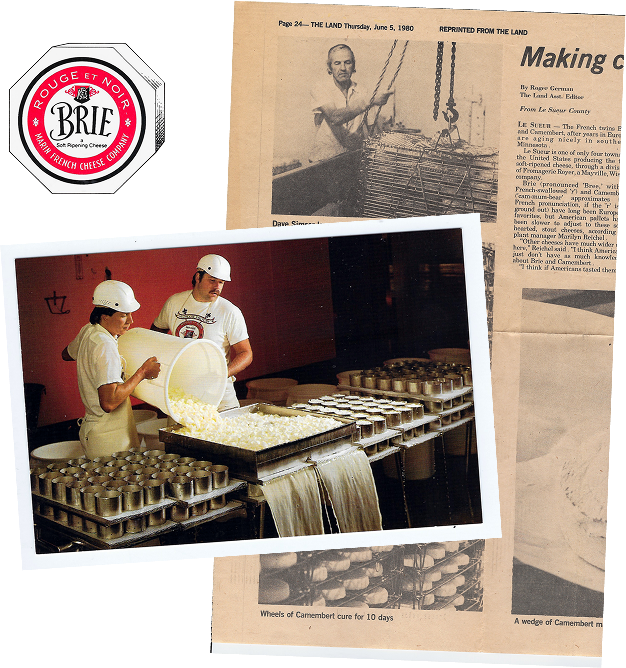
our story
1975
“The Cheese Factory” was listed in the phone book and quickly became Marin County’s #3 tourist attraction, behind Muir Woods and the Marin Civic Center. The Thompsons began to actively promote Rouge et Noir Camembert, Brie, and Schloss.
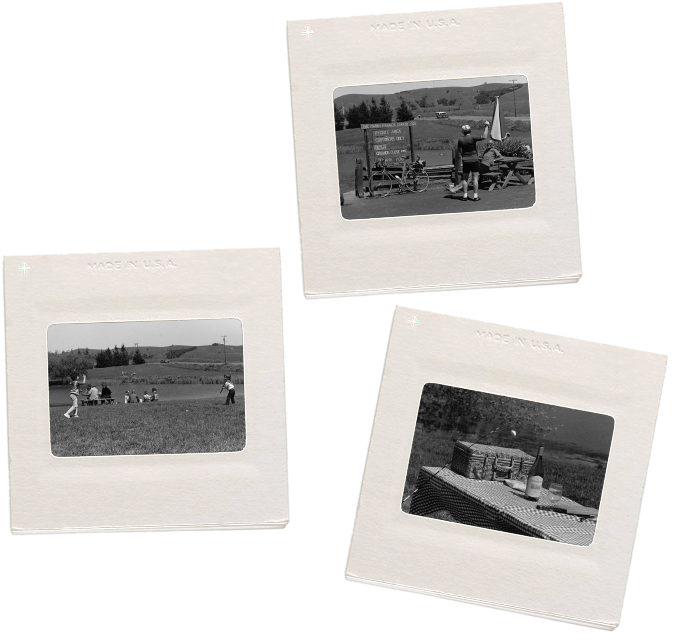
our story
1998
The Thompsons sold Marin French Cheese Co. to organic cattle rancher and cheese enthusiast Jim Boyce. He had such a strong belief in the cheese that he invested in the expansion and modernization of the creamery while never sacrificing quality, care, or traditional cheesemaking methods. He played a strong role in the rebirth of cheesemaking in Northern California, believing in “terroir,” a sense of place where grass is grown, what cows eat, ambiance, and milk they produce. Boyce developed the iconic Marin French Cheese Co. Petite collection, the uniquely shaped and sized 4oz cheeses that remain distinct to the company
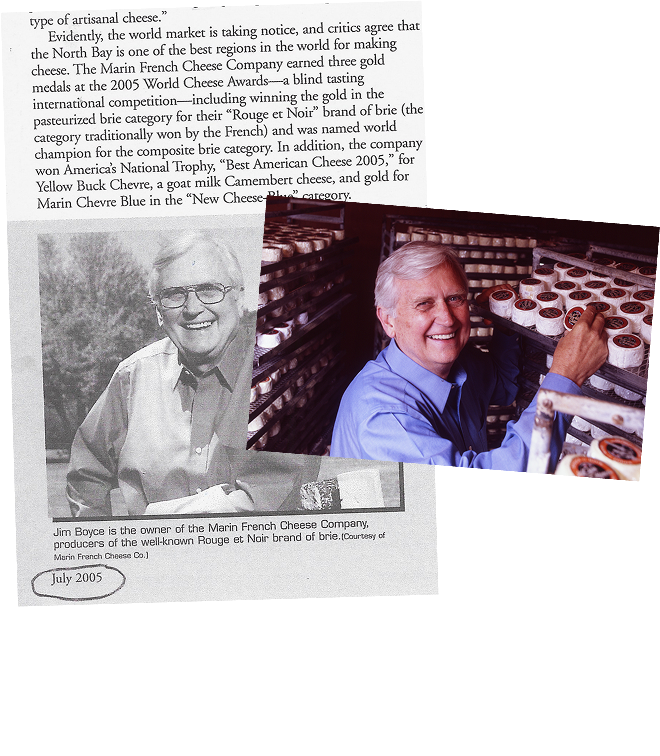
our story
2005
Marin French Cheese Co.’s Triple Crème Brie won Gold and Best of Show in the Brie category at the World Cheese Awards in London, shocking the cheese world and marking the first time a U.S. cheese bested in a European competition. This great feat was repeated in 2010.
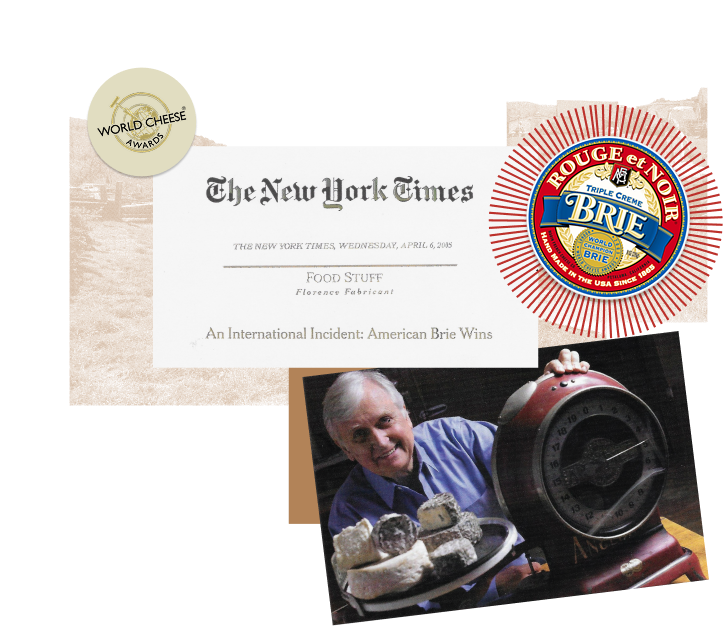
our story
2011
Prior to his death in 2010, Jim Boyce made the decision to sell Marin French Cheese Co. to Laiteries H. Triballat, a family of fourth generation French cheesemakers. The sale was finalized in April of 2011 with the Triballat’s promise to continue the philosophy of quality and care of Marin French Cheese Co. products into the future.
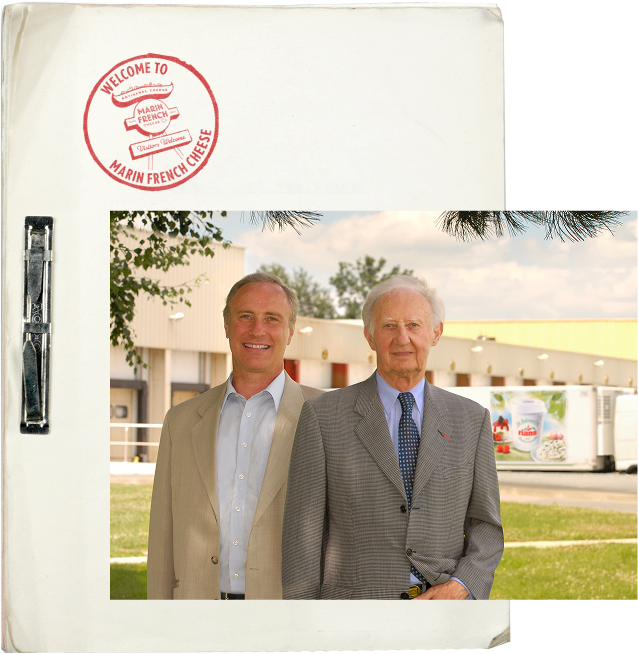
our story
2015
Marin French Cheese Co. celebrated our 150th Anniversary.
